Were the ancient Israelites ever really slaves in Egypt? Were the plagues real? Did the Exodus really happen? The subject of Israel’s sojourn in Egypt has been asked, debated, examined and reexamined since the birth of biblical archaeology.
Depending on whom you read or listen to, you’re likely to get polar opposite answers. In April 2019, Haaretz published an article titled “Were Hebrews Ever Slaves in Ancient Egypt? Yes,” by archaeologist Philippe Bohstrom. A few days later, Haaretz ran an article on the same topic by archaeology correspondent Ariel David, this one titled “For You Were (Not) Slaves in Egypt.”
What to believe?
When considering evidence of Israel in Egypt, scientists have generally searched for material evidence. Archaeologists look for destruction layers and physical items and artifacts that testify to Israel’s presence. This approach is logical, and it has produced important finds. But it isn’t the only means of investigating whether or not Abraham’s descendants really did “sojourn” in Egypt. Another approach would be to look for evidence of Egypt in Israel. Specifically, evidence in the foundational book of Israel’s history, the Torah.
This is the approach taken by Prof. Joshua Berman, of Bar-Ilan University’s Zalman Shamir Bible Department. In January, Jerusalem Post journalist Rossella Tercatin wrote an article featuring Professor Berman’s approach to this age-old topic. “According to Prof. Joshua Berman … some of his colleagues are making a fundamental mistake: They are looking for evidence of the Exodus in Egypt, instead of looking for marks of Egyptian culture in the Torah, the five books of Moses” (emphasis added throughout).
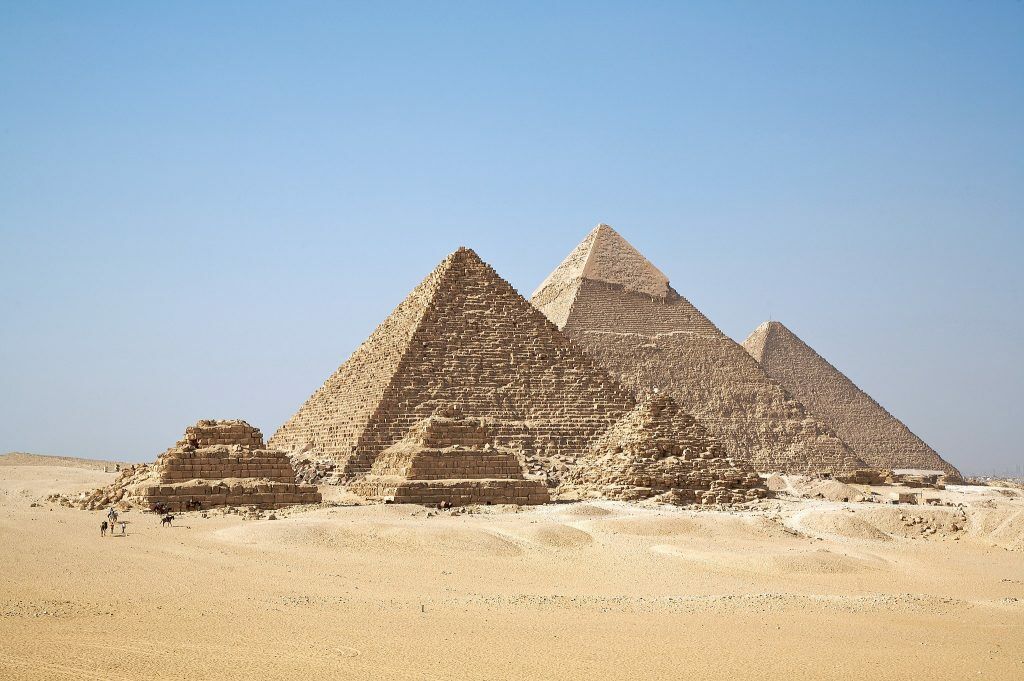
The benefits of taking this fascinating approach go beyond just proving Israel’s presence in Egypt. Answering this question provides insight into exactly when the Torah was written, an issue at the heart of its credibility as both a historic and theological document.
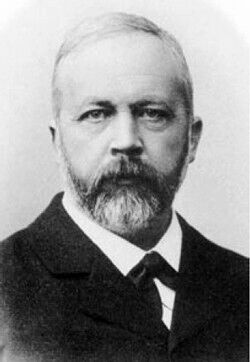
For the last several centuries, one of the prevailing theories explaining the composition of the Hebrew Bible has been the “Documentary Hypothesis,” or some derivation of it. This view holds that the Torah—the first five books of the Bible—was not written during the middle-second millennium b.c.e., the Mosaic date affirmed by internal biblical chronology and thus held by biblical traditionalists and literalists. Proponents of this revised, minimalist school of thought believe the Torah is the product of Jewish authors writing sometime in the middle of the first millennium b.c.e.. They claim much of the Torah was composed just prior to Jerusalem’s fall in the early sixth century b.c.e., and that it was significantly modified much later, even as late as the Hellenistic period.
But what does the language of the Torah tell us? What if the words and phrases used within the “books of Moses” reflect an accurate, perhaps even eyewitness, account of Egypt as it was in the mid-to-late second millennium—generally known as the New Kingdom period, circa 1550–1075 b.c.e.? Are there etymological clues proving the author (Moses) experienced the events and culture he recorded?
Or does evidence suggest the author or authors were far removed from New Kingdom period Egypt, with only a hazy understanding of early Egypt’s language and culture?
According to Professor Berman, “The Torah is infused with Egyptian culture and its response to it. What I find incredibly fascinating is how familiar the Torah is with Egyptian culture, suggesting that the Israelites were indeed in Egypt, and they were there for a long time” (ibid).
Let’s consider some of the evidence of “Egypt in Israel”—Egypt in the Torah.
Phraseology
One key element we can look at is certain phraseology in the Torah. Take Deuteronomy 5:15: Here Moses tells the Israelites, “Remember that thou was a servant in the land of Egypt, and the Lord thy God brought thee out thence by a mighty hand and by an outstretched arm ….”
These terms, a mighty hand and an outstretched arm, are used numerous times throughout the Hebrew Bible—but always in the context of the Exodus. Professor Berman points out the significance of this: “The Bible could have employed that phrase to describe a whole host of divine acts on Israel’s behalf, and yet the phrase is used only with reference to the Exodus. This is no accident” (ibid).
There is a fascinating historical reason this phrase is only associated with the Exodus. It’s actually a unique pharaonic “victory” expression—one common during Egypt’s New Kingdom period.
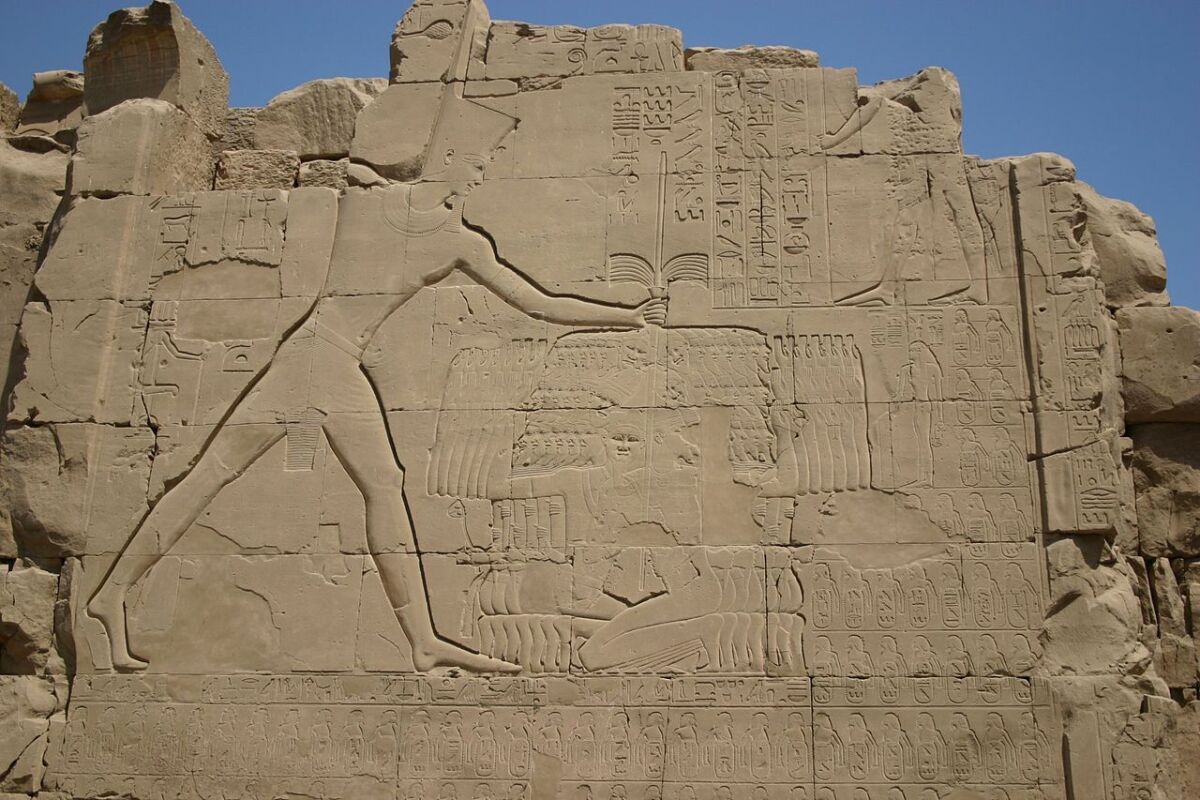
Prof. James Hoffmeier, an Old Testament scholar and Egyptologist, writes: “It is not until the Middle Kingdom (1970–1800 b.c.e.) that we begin to see expressions related to the conquering arm of pharaoh appearing …. [This] continues with even greater frequency in the New Kingdom” (The Arm of God Versus the Arm of Pharaoh in the Exodus Narratives).
In Egyptian records, pharaohs Thutmose ii and iv are named the “Mighty of Arm.” Senusret i is lauded in the “Hymn of Sinuhe” for “strong arm … a champion [with] arm outstretched.” Relief representations of pharaohs smiting their enemies with their right hand are also common. “In no other ancient Near Eastern culture do we encounter such portrayals of the right hand,” Berman writes. It is specific to Egypt—and especially Egypt in the New Kingdom period. And what do we see in the Torah? This pharaonic phrase turned on its head: It is God, by His “outstretched arm,” that destroys the pharaoh.
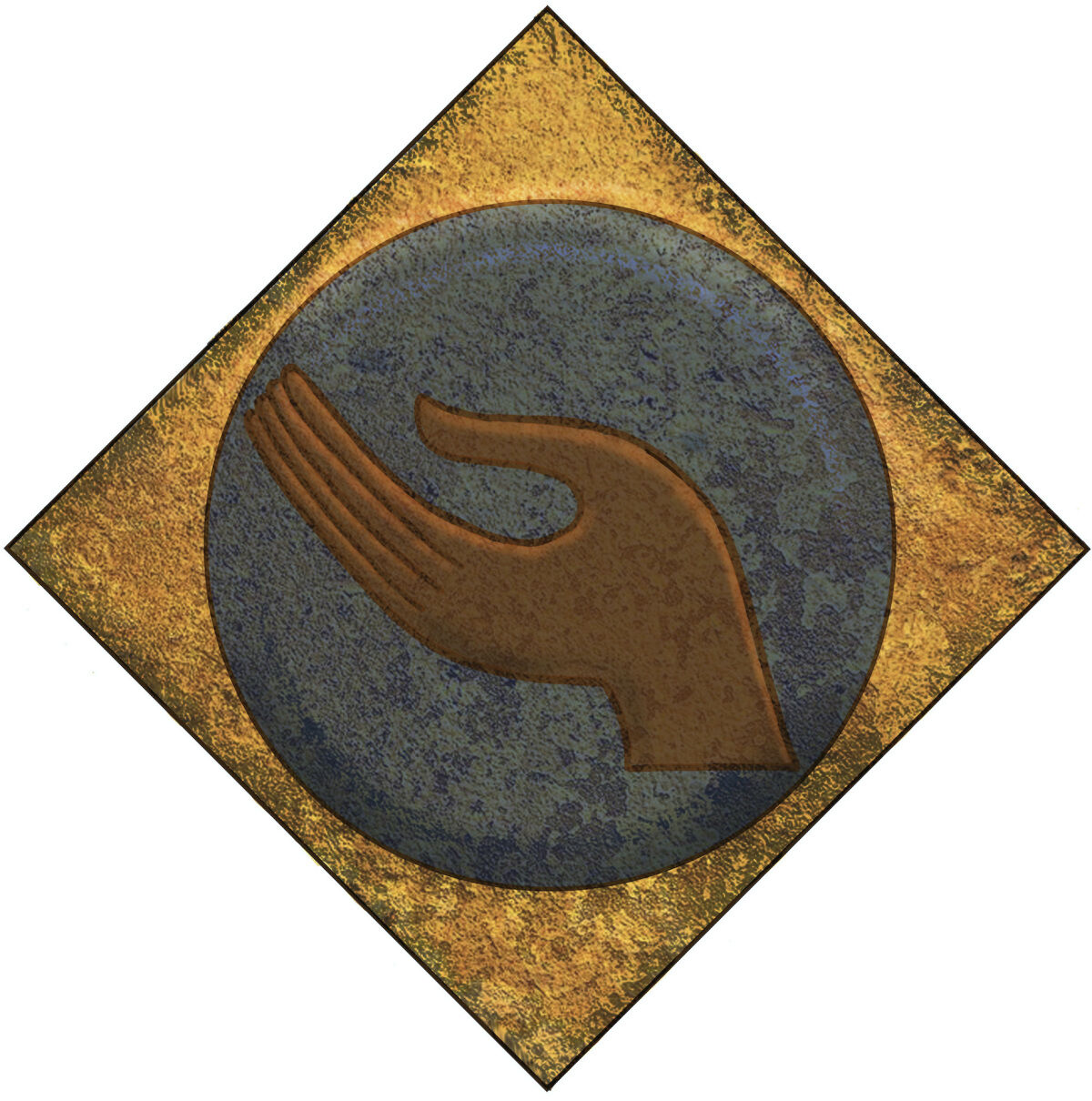
Another phrase found often in the Bible is praise for God destroying Israel’s enemies like chaff (or “stubble,” i.e. Exodus 15:7). This saying also appears in New Kingdom period Egypt (specifically, within Ramesses ii’s Kadesh poem). It is not known in any other Near Eastern text.
Professor Berman has studied closely the Kadesh poem written by Pharaoh Ramesses ii following his victory against the Hittites, and its remarkable similarities with the “Song of Victory” recorded in Exodus 15 (after the Israelites crossed the Red Sea). His comparison of the two texts shows that the author of this biblical “song” (Moses) must have been familiar with the courtly, royal language used in Egypt’s New Kingdom period.

Craig Davis, in his exhaustive book Dating the Old Testament, has made similar observations. In particular, he notes the direct correlation between the entire book of Deuteronomy—Moses’s “final address” to the people of Israel—and the second-millennium b.c.e. “suzerainty treaties,” of a layout specific to the second half of the second millennium b.c.e. Davis compares the layout of Deuteronomy with the treaty between Mursili and Duppi-Tesub (a 13th-century b.c.e. Hittite treaty) as an example. Both have a near-identical layout: a preamble, historical background, treaty stipulations, invocation of witnesses, deposition of written copy of treaty, and a conclusion of curses and blessings.
Egyptologist Kenneth Kitchen likewise spends a significant amount of space on this subject in his book On the Reliability of the Old Testament. Kitchen sets numerous second-millennium Near East official texts and treaties beside various passages of the Torah. “The origin of the book of Deuteronomy itself cannot be dated to the seventh century,” he writes. “Its format is wholly that of the 14th/13th century, on the clear evidence of almost 40 comparable documents.”
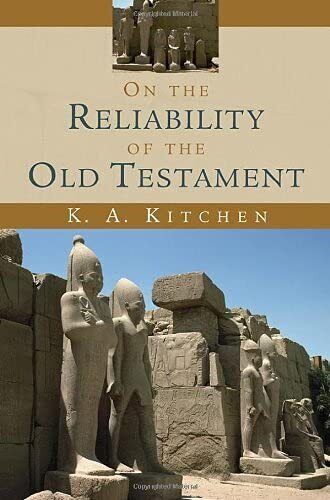
Kitchen poses an important question: “[H]ow come documents such as Exodus, Leviticus and Deuteronomy just happen to embody very closely the framework and order and much of the nature of the contents of such treaties and law collections established by kings and their scribal staffs at court in their respective capital cities in the late second millennium?” Here is more evidence that the author of the Torah was familiar with the layout of courtly, formal second-millennium treaties.
Geography
Another notable point is that the author of the Torah was familiar with the geography of New Kingdom period Egypt. Moreover, while the author’s descriptions of Egypt’s landmarks are detailed and accurate, he appears to be less familiar with the geography of the land of Canaan. If the text were composed much later by authors in the land of Judah, we would expect precisely the opposite. Instead, the text fits well with a princely Egyptian-origin author who was denied entry into the Promised Land at the end of his life (i.e. Numbers 20:12).
“The author of the Torah is familiar with the land of Egypt,” Davis writes. “He is familiar with the reeds in the Nile (Exodus 2:3) and knows that it would be safe to put a child in a basket in that river. … The author feels a need to explain things in Canaan with reference to things in Egypt.” Deuteronomy 11, for example, highlights the method of gardening in Egypt, and how these methods will no longer be necessary in the land of Canaan.

Note the following seemingly arbitrary statements, all of which use Egypt as a reference for otherwise obvious features in the Promised Land. Genesis 13:10 describes a “plain of the Jordan” as being “like the land of Egypt, as thou goest unto Zoar.” In Numbers 13:22, the author writes, “And they went up into the South, and came unto Hebron …. Now Hebron was built seven years before Zoan in Egypt.”
Genesis 33:18 reads, “And Jacob came in peace to the city of Shechem, which is in the land of Canaan ….” It doesn’t make sense for a Jewish author writing in the middle of the first millennium to identify the location of a such a major, well-known city. Yet it makes perfect sense that an author writing from outside Canaan, whose immediate audience was equally unfamiliar with Canaan, might use such language.
What about the central city Jerusalem? It is named as such nearly 700 times throughout the Hebrew Bible—yet not once in the Torah (despite the fact that this region is mentioned—Genesis 22). Its first mention in this form is in the book of Joshua, during the conquest (Joshua 10:1). Surely late-date writers would not have forgotten to mention such an important Judean city by this name?
Flora and Fauna
The author of the Torah was also familiar with the diet fed to slaves in Egypt. Numbers 11:5 states that the Israelite slaves were fed leeks and onions. Herodotus, the fifth-century b.c.e. Greek historian, wrote in his Histories that during a tour of the pyramids, he observed an inscription that stated the workmen were fed leeks and onions (2.124).
Leviticus 11 and Deuteronomy 14, the “clean and unclean” food chapters of the Torah, identify a number of animal species. Remarkably, none are particularly specific or unique to Israel—yet several (including the ostrich, ibex and “wild ox”) are specific and native to Egypt and the Sinai.
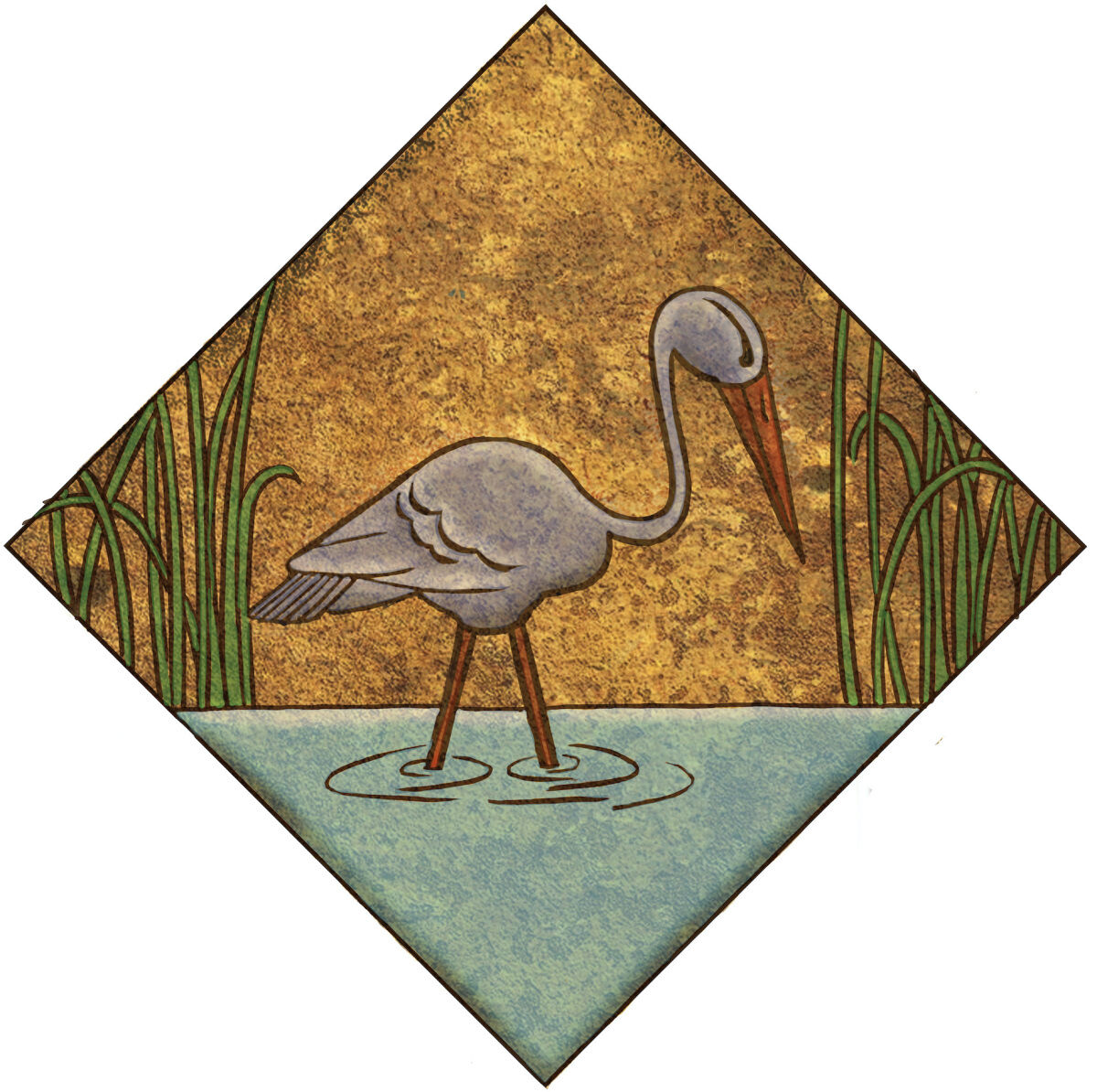
The author of the Torah was also familiar with Egyptian botany. Acacia wood is mentioned nearly 30 times in the Torah (primarily in the context of building the tabernacle), and only four times in the rest of the Old Testament. This makes sense, as it is a wood native to Egypt and the Sinai Peninsula. (In the four times acacia wood is mentioned outside the Torah, it is never used to describe the trees existing in Israel.)
Unsurprisingly, the Hebrew word used for this wood is of Egyptian derivation. Not only that, it resembles a very early Egyptian spelling (which actually changed during the New Kingdom period). Hoffmeier writes: “The facts that shittim is a word of Egyptian origin and that this tree provides the only suitable wood for construction use [while in the wilderness], lends authenticity of this element of the wilderness tradition” (Israel in Sinai).
The author of the Torah also appears to have been familiar with Egyptian diseases. Deuteronomy 28:27 reads: “The Lord will smite thee with the botch of Egypt, and with the emerods, and with the scab, and with the itch, whereof thou canst not be healed” (King James Version). According to 17th-century theologian, linguist and Egyptian expert Johann Vansleb, this “botch of Egypt” was a recurrent disease specific to the seasonal rising of the Nile. First-century c.e. historian Pliny the Elder wrote of an “Elephantiasis” (to which this disease has been linked) that was “originally peculiar to Egypt” and specifically the area of Upper Egypt, home of the native Egyptian dynasty (Natural History, 26.5). First-century b.c.e. philosopher Lucretius attributed this disease to the Nile River.
Names (or Lack Thereof)
Finally, consider the etymology of the names of some of the primary figures in the Torah. Many are distinctly Egyptian in origin.
The protagonist of the Torah is Moses. This name has long been associated with the common Egyptian name Mosis or Mose. Egyptian records show this was an important name in royal Egyptian society, and one that appears primarily during the New Kingdom period. In Egyptian, the name Moses means “born of” (a meaning inferred in Exodus 2:10, which describes Moses’s naming). Other New Kingdom figures with the same name include Tuthmose or Tuthmosis (“born of Tuth”), Ahmose, Amenmose, Ramose, Kamose, Wadjmose, Ramesses, etc. It only makes sense that an Egyptian princess, who was part of a royal dynasty frequently using this name element, would use it for her adopted son.
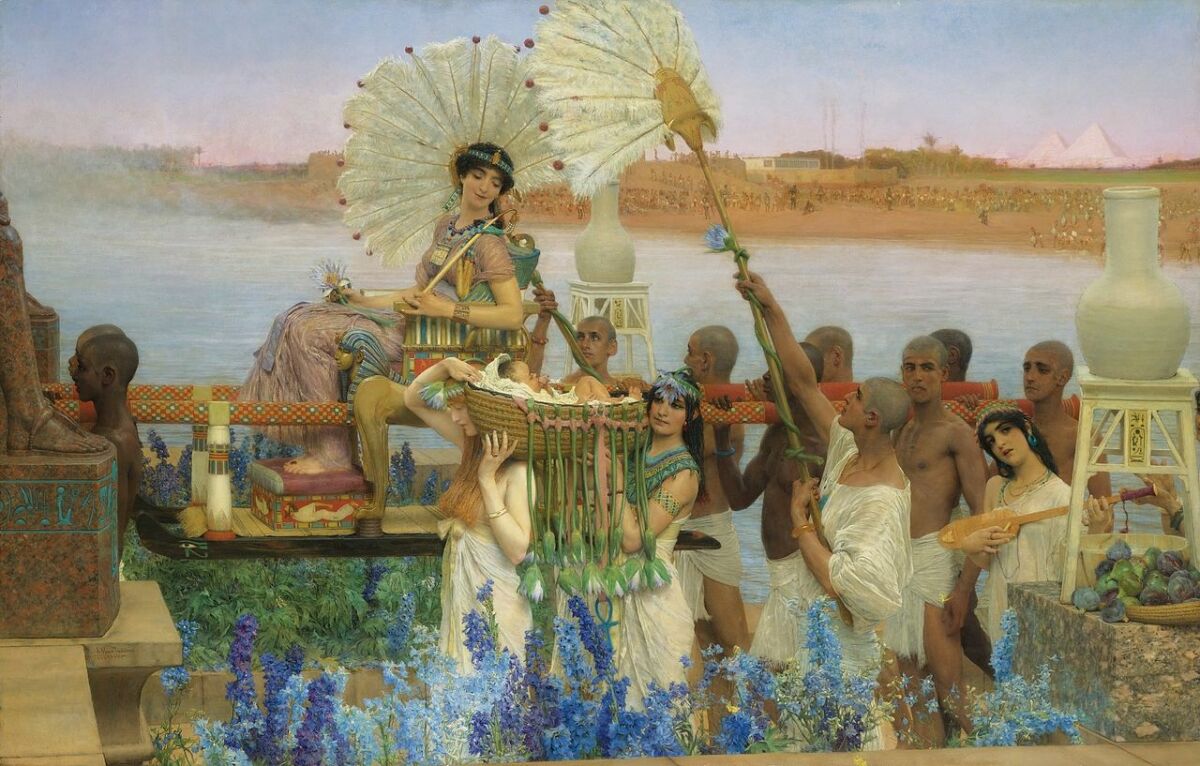
Then there’s Aaron, Moses’s assistant. The meaning of this name in Hebrew, pronounced Aharon, is famously unclear. However, it is a good parallel to the ancient Egyptian name Aharo/Aha-rw (with the added suffix “n”), an Egyptian name that means “lion warrior.”
Moses and Aaron’s sister was named Miriam, a name long identified as Egyptian in origin. The initial element, Meri, is a common Egyptian one meaning beloved, which is followed by an attached theophoric (deity) element—in this case most often presented as Meri-Amun, “Beloved of [the god] Amun.”
Things really get interesting with the name pharaoh. One of the most frustrating observations about the Exodus story, at least for historians, is the author’s failure to identify Egypt’s pharaohs by name. In fact, the Bible does not begin to identify Egypt’s pharaohs by name until the 10th century b.c.e.
Is this the sign of an ignorant late author? Hardly—especially when considering the incredibly accurate details described above and the fact that access to such historical names would have been simple to acquire.
Yet this phenomenon fits perfectly with New Kingdom period Egypt. As frustrating as it is for 21st-century scholars, this lack of reference to the pharaohs fits with literature of the mid-to-late second millennium b.c.e. Ancient Egyptian records show that while they did have specific names, the primary title used when referring to Egypt’s leaders during this specific period was simply pharaoh.
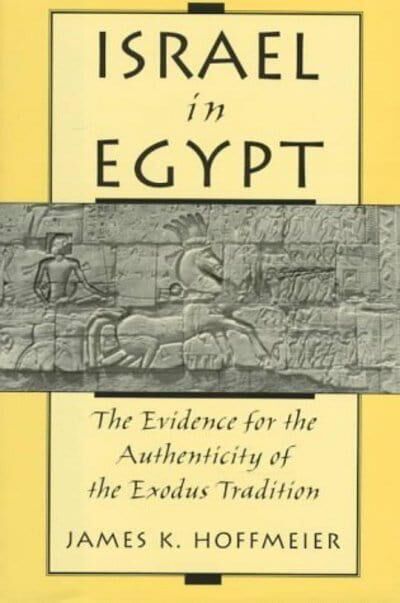
In his book Israel in Egypt, Professor Hoffmeier explains in detail how the term pharaoh began to be used in the 15th century (beginning with the reign of Thutmose iii) and then fell out of use in the 10th century. “By the Ramesside period (1300–1100 b.c.e.), ‘Pharaoh’ is widely used. … From its inception until the 10th century, the term ‘Pharaoh’ stood alone, without juxtaposed personal name. In subsequent periods, the name of the monarch was generally added on. This precise practice is found in the Old Testament … suggestive of the period[s] of composition.”
The use of the singular term pharaoh for only a relatively short window is helpful when it comes to dating the Torah. If the Torah had been authored by Joseph, for example, we would expect the pharaohs to be named. The same is true if the Torah had been authored on the other side of the “Exodus” and “Judges” periods, perhaps by an Isaiah figure. Yet within this tight mid-to-late second millennium, New Kingdom period, this simply was not done—and that is what we see in the biblical account.
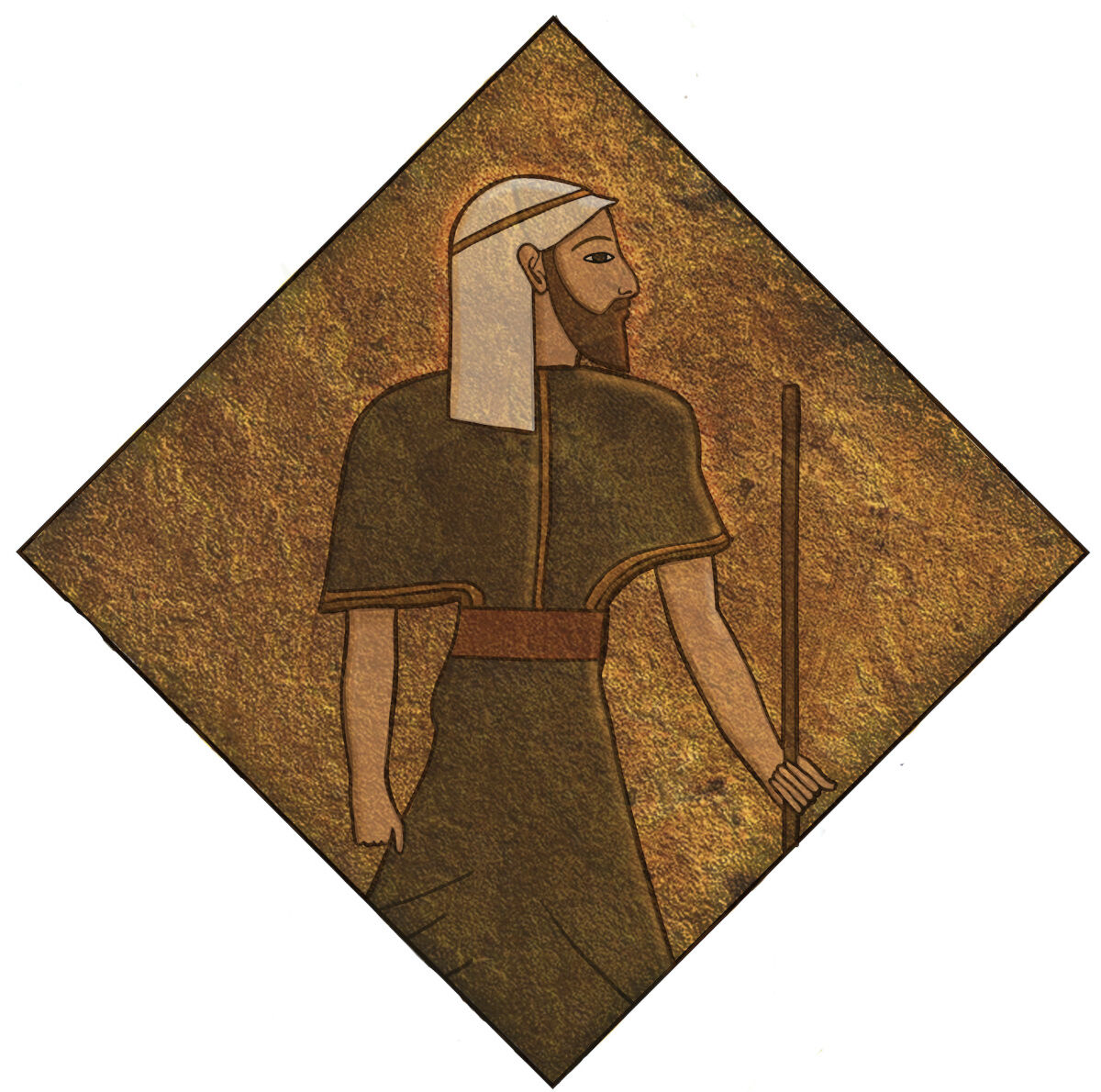
For an author trained in Egypt’s royal court (like Moses), such an omission would be expected and habitual. In fact, if the pharaohs had been named, this could potentially be taken as evidence against the authenticity of the biblical account.
Finally, note the name used to describe God. yhwh, the name of the God of Israel, is used over 6,500 times throughout the Hebrew Bible; it is the name used most to refer to God. It is also notably incorporated as a theophoric name element (i.e. Jeremiah, Hezekiah). The use of such names is entirely ubiquitous during the monarchical period and beyond, when late-date hypothecates suggest that much of the Torah was written.
Yet when it comes to the Torah, we find something peculiar. Craig Davis writes: “There are no names in the Torah based on the name yhwh. … These Yahwistic [yhwh-based] names became so prominent later that the majority of the kings of Judah and about one third of all male Jews had Yahwistic names.” Davis notes one exception to this—Joshua (Yehoshua)—an individual whose name was later changed from Hoshea.
This lack of yhwh-based names in the Torah—despite the fact that this name is used for God throughout the Torah—proves a headache for late-date advocates. Yet the clear reason for this is explained in the Torah itself.
In the account of the burning bush, when God speaks to Moses for the first time, we find the following: “And Moses said unto God: ‘Behold, when I come unto the children of Israel, and shall say unto them: The God of your fathers hath sent me unto you; and they shall say to me: What is His name? what shall I say unto them?’ And God said unto Moses: ‘I am that I am’ [a Hebrew phrase etymologically related to the name yhwh]; and He said: ‘Thus shalt thou say unto the children of Israel: I am hath sent me unto you.’ … The Lord [yhwh], the God of your fathers, the God of Abraham, the God of Isaac, and the God of Jacob, hath sent me unto you; this is My name for ever … I appeared unto Abraham, unto Isaac, and unto Jacob, as God Almighty, but by my name yhwh I made Me not known to them” (Exodus 3:13-15; 6:3).
The answer for the Torah’s ubiquitous use of this name for God, yet a lack of its use as a common personal name element, then, is simple. The name was revealed to Moses, as author, explaining his regular use of this name to refer to God Himself. Yet it wasn’t known to the general populace to this point for them to start incorporating it into personal names. (The above-cited Haaretz journalist said a lack of evidence of yhwh-worship by slaves in Egypt is evidence against Israelites in Egypt; in reality, this evidence supports the biblical account.)
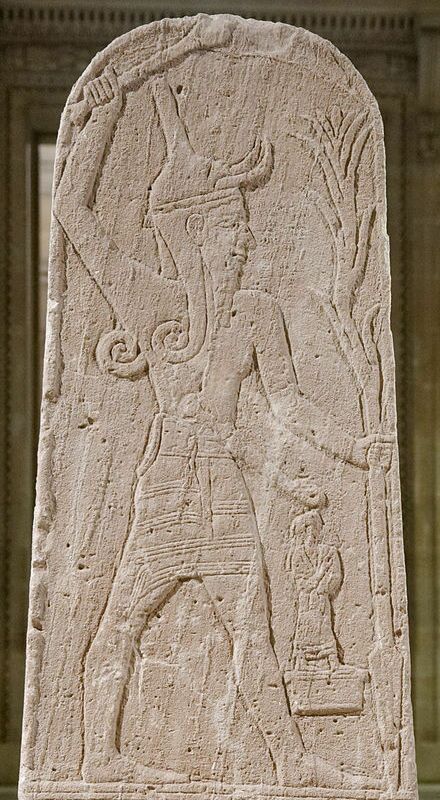
Thus, it’s not just the names that are used in the Torah that serve as evidence for the date of composition, it’s also the names that are not used. Take Baal, for example. This Canaanite deity was the scourge of Israel in Canaan—from the judges period and all through the period of the monarchy, even beyond. If the Torah were written during this later, first-millennium b.c.e. time period, it surely would have contained a warning about, or at least hints of, this specific god. Yet there is no mention of Baal, besides a single Canaanite place-name reference, found in the Torah (Numbers 22:41). Why not?
Other common titles, like “Lord of hosts” or “God of hosts,” used nearly 300 times throughout the Bible, are found nowhere in the Torah. “Holy One,” used nearly 50 times throughout the Bible, is also nowhere in the Torah. Why not, if the Torah were written by late Jewish writers under the influence of other biblical texts?
The list of Egyptian-influenced names in the Torah goes on. As Prof. Richard Hess explains, several names, “such as Pinhas [Phinehas], show an explicit connection with Egyptian personal names at the period in question, and a few, including Hevron [Hebron] (Exodus 6:18) and Puah (Exodus 1:15), are attested as personal names only in the mid-second millennium (that is, the 18th to the 13th centuries b.c.e.).”
Think about how well educated in Egyptian history an author writing in the first millennium would have had to be to use such names—and so particular to a specific moment in Egyptian history. As Hess writes: “It is one thing to remember a great figure like Moses and perhaps build all sorts of legends around him. It is something else when minor characters and other incidental details that occur but once in the biblical account fit only within the period of Israel’s earliest history and would be unknown to a writer inventing a tradition centuries later.”
We have covered here only a handful of names. There are countless individual words besides, throughout the Torah, that have clear Egyptian derivation. Take, for example, the Exodus 2 account of Moses’s birth: Egyptian-origin words include basket (db3t), bulrushes (km3), pitch (dft), reeds (twfy), river (itrw) and brink (spt; all highlighted in Hoffmeier’s Israel in Egypt).
Endless Examples
The examples are almost endless.

The author of the Torah was aware that Egyptian women gave birth “upon the stools,” or two bricks or stones (Exodus 1:16). Egyptian women would squat or kneel on these stone bricks during delivery. They are mentioned in papyrus texts, and the first example of such a brick was discovered in 2001—dating to the general, relevant period: the mid-second millennium b.c.e.
The Torah also displays a remarkably good understanding of Egyptian chariotry. Chariots are not mentioned in the Torah prior to the time of Joseph—and indeed, it is just following this time that evidence suggests Egypt began to use the chariot (with the first Egyptian reference of such dating to the 16th century b.c.e.). The Torah reveals that by the time of the Exodus, the pharaoh had a huge force of 600 royal chariots used to pursue the Israelites (Exodus 14). Here again, it was specifically during the New Kingdom period that we witness the golden age of Egyptian chariotry. The 13th century b.c.e. Battle of Kadesh, for example, represents the largest chariot battle ever fought: the Egyptians fielding some 2,000 chariots against the Hittites. The dating and even the numbers fielded specifically against the fleeing Israelites in the Exodus account, then, are about right.
Exodus 5 documents the “recipe” for making bricks out of mud and straw. Were late authors of the Torah also experts in New Kingdom period brickmaking? The same method described in Exodus is famously depicted in artwork on a New Kingdom period tomb, which shows foreign slaves accomplishing the backbreaking labor. Exodus 5 also says that the number of individual bricks produced were “tallied,” or counted. Remarkably, the New Kingdom period “Louvre Leather Roll” (circa 1274 b.c.e.) records the tallying of bricks.
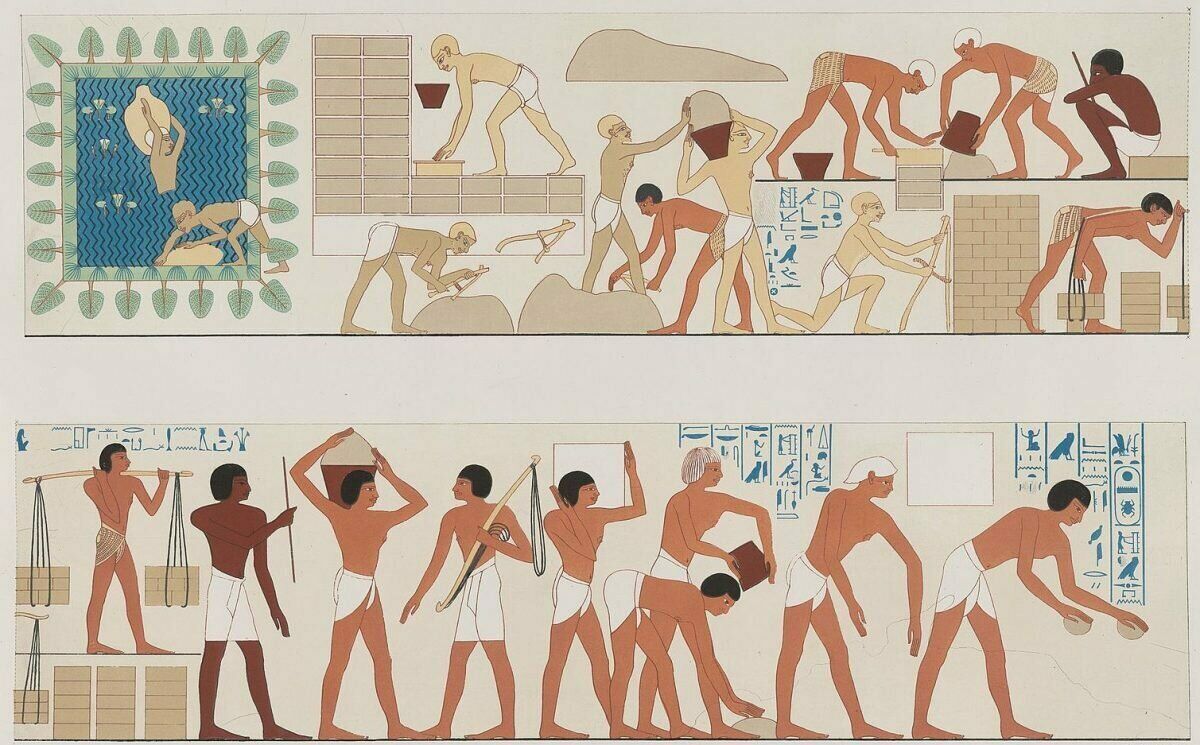
And what about all of the polities—nations, cities, regions described throughout the Torah that fit with the status quo of the second millennium b.c.e.—many of which only belong to this time period?
What about many of the peculiar laws, commandments and statutes found throughout the Torah? Many of these strange laws have led to no end of theories as to their purpose or even relevance. Yet when viewed in light of prevailing Egyptian (and other pagan) culture and customs, especially during the second millennium b.c.e., their raison d’être becomes clear.
There’s the detailed account of the 10 plagues, “against all the gods of Egypt” (Exodus 12:12). Study of these plagues reveals that each was a direct rebuke to various deities in the Egyptian pantheon—again, many of which relate directly to a second-millennium b.c.e. setting (for more on this, see our article “‘Against All the Gods of Egypt’”).
Finally, there’s the simple and obvious fact that many of the later first-millennium b.c.e. books of the Hebrew Bible, such as the Prophets—many of which Torah-minimalists say were written before the Torah itself—quote from the Torah. They actually depend on the preexistence of the Torah in their overall messages.
The Conclusion of the Whole Matter
The better you understand how much Egypt there is in the Torah, so to speak, the harder it is to believe it was written during the first millennium b.c.e. If it were, it would surely represent, in its historic accuracy, one of the finest works of literary fraud conceivable.
We must follow facts and evidence. And the evidence of Egypt in Israel—and not just Egypt generally but specifically New Kingdom period Egypt—overwhelmingly points to an authentic, contemporaneous, eyewitness authorship. But that’s not all. The internal evidence within the Torah indicates it was written not by a slave but by a highly educated, courtly trained individual, who was conversant even in international diplomacy—in other words, a Moses!
Sadly, the scientific evidence for this Israelite sojourn, and a Mosaic authorship of the Torah during the late-second millennium b.c.e., will be dismissed by many. Facts and evidence simply aren’t important to those who want to redate the Torah’s composition to the middle-first millennium b.c.e.
Consider this admission by Julius Wellhausen, the German scholar widely known to be the father of the Documentary Hypothesis: “[I]n the course of a casual visit in Gottingen in the summer of 1867, I learned through Ritschl that Karl Heinrich Graf placed the Law [Torah] later than the Prophets, and, almost without knowing his reasons for the hypothesis, I was prepared to accept it.”
For Bible critics, facts and evidence are much less important than the grand agenda: to destroy the belief that the Torah is the inspired Word of God by recasting it as an epic tale of fiction.
Yet as we have here only briefly covered, this view is categorically false. The facts and evidence are varied, plentiful and totally compelling. Who, then, should most logically be identified as the “scribe” of the Torah? When was its composition? Evidence for the Exodus events themselves aside, the internal, linguistic data remarkably and consistently establish that the Torah was written during the late second millennium b.c.e.
Psalm 90 is cited as “A Prayer of Moses the man of God.” Its text is remarkably apropos to this subject:
“Their pride [is] but travail and vanity …. Let Thy work appear unto Thy servants, And Thy glory upon their children. … Establish Thou also upon us the work of our hands; Yea, the work of our hands establish Thou it” (verses 10, 16-17).

